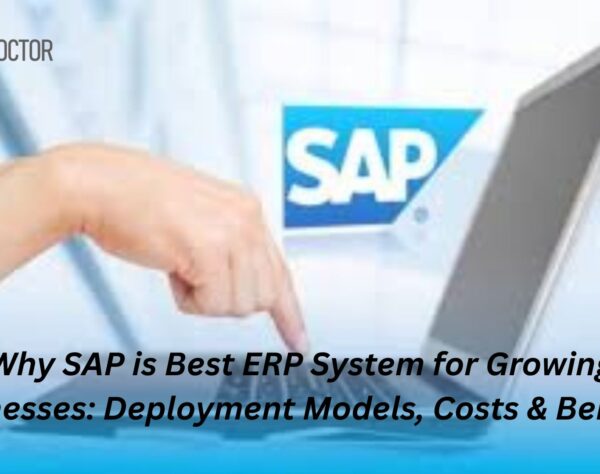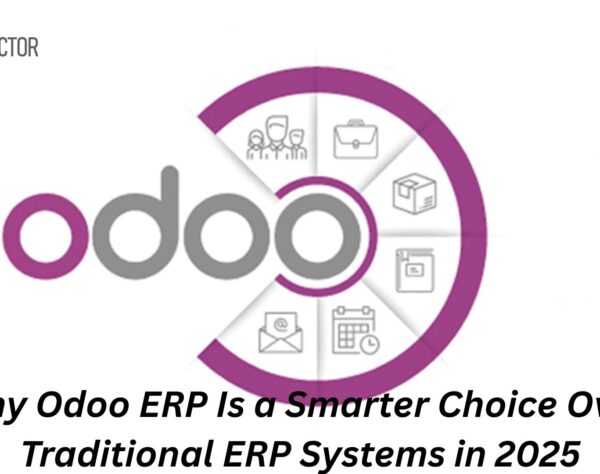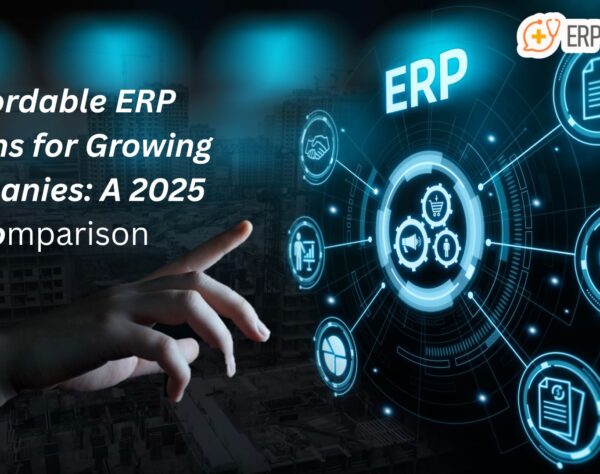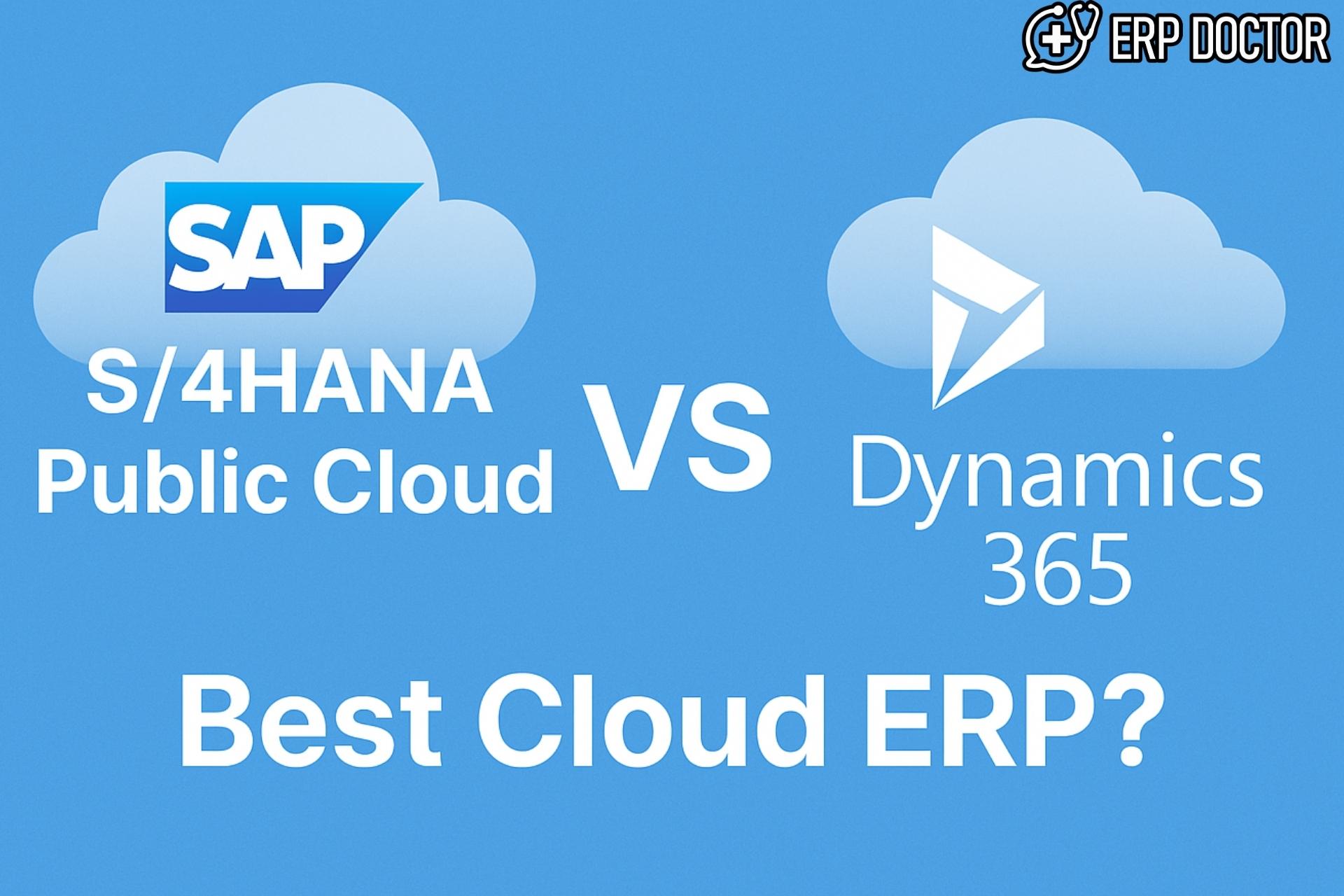
SAP S/4HANA Public Cloud vs Dynamics 365: Best Cloud ERP?
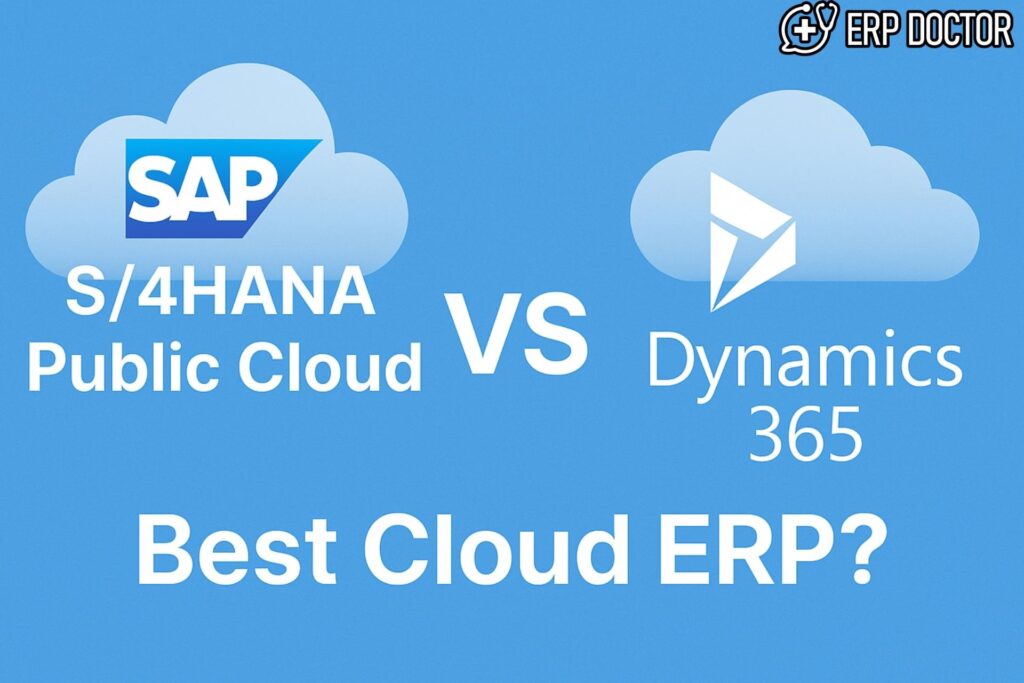
Comparing SAP S/4HANA Public Cloud and Microsoft Dynamics 365: Which Cloud ERP Reigns Supreme?
As businesses across the globe accelerate their digital transformation journeys, the demand for scalable, secure, and intelligent cloud-based ERP solutions has skyrocketed. Two names often found at the center of this conversation are SAP S/4HANA Public Cloud and Microsoft Dynamics 365. Both are powerhouse platforms promising agility, operational efficiency, and real-time insights—but which one truly stands out as the best cloud ERP for your business?
In this in-depth comparison, we analyze the core capabilities, strengths, and ideal use cases for SAP S/4HANA Public Cloud and Microsoft Dynamics 365, helping you make an informed ERP decision.
SAP S/4HANA Public Cloud: Overview
SAP S/4HANA Public Cloud is SAP’s cloud-native ERP system built on the in-memory HANA database. Designed to serve enterprises seeking standardization, speed, and intelligent automation, this solution offers a ready-to-run, best-practices-based ERP system for core business functions such as finance, procurement, manufacturing, sales, and supply chain.
Key Features of SAP S/4HANA Public Cloud:
- AI-powered business process automation
- Integrated analytics and machine learning
- Real-time financial reporting
- Industry-specific best practices
- Low-code/no-code extensibility through SAP Business Technology Platform (BTP)
Advantages of SAP S/4HANA Public Cloud:
- Built for large enterprises with complex global operations
- Continuous innovation through quarterly updates
- Tight integration with other SAP solutions (e.g., SuccessFactors, Ariba, Concur)
- Strong industry support for manufacturing, automotive, life sciences, and more
Microsoft Dynamics 365: Overview
Microsoft Dynamics 365 is a suite of cloud-based business applications combining ERP and CRM capabilities. Built on the Microsoft Azure platform, Dynamics 365 offers modular apps for finance, operations, sales, customer service, marketing, and field service. It’s widely recognized for its usability, seamless Office 365 integration, and flexibility.
Key Features of Microsoft Dynamics 365:
- Unified ERP and CRM under one platform
- AI insights via Microsoft Copilot and Power Platform
- Seamless integration with Office apps (Excel, Teams, Outlook)
- Embedded analytics with Power BI
- Highly customizable via Microsoft Dataverse
Advantages of Microsoft Dynamics 365:
- Familiar Microsoft ecosystem for fast user adoption
- Scalable for SMBs and mid-market companies
- Rich third-party marketplace and app integrations
- Streamlined user experience with cross-app data flow
Side-by-Side Feature Comparison
| Feature | SAP S/4HANA Public Cloud | Microsoft Dynamics 365 |
|---|---|---|
| Deployment | Multi-tenant Public Cloud | Multi-tenant Cloud (Azure) |
| Database Technology | In-memory SAP HANA | Azure SQL / Dataverse |
| Industry-Specific Capabilities | Extensive and mature | Moderate, but growing |
| AI & Analytics | Native ML, Predictive Insights | Power BI, Microsoft Copilot |
| Integration Ecosystem | SAP BTP, SAP Business Network | Microsoft Power Platform, Office 365 |
| Usability | More structured, process-driven | Highly intuitive and flexible |
| Customization | Controlled via SAP BTP | Flexible via low-code/no-code |
| Ideal Business Size | Mid to large global enterprises | SMBs to mid-market companies |
Which ERP Fits Your Business?
Choose SAP S/4HANA Public Cloud if:
- You operate across multiple regions with complex compliance and regulatory needs.
- Your business belongs to manufacturing, automotive, retail, or other process-heavy industries.
- You require high-performance in-memory computing and granular process control.
- You’re already invested in the SAP ecosystem.
Choose Microsoft Dynamics 365 if:
- You value flexibility, modularity, and rapid deployment.
- Your workforce relies heavily on Microsoft tools like Teams, Outlook, and Excel.
- You are a growing SMB or mid-market organization with evolving needs.
- You prefer a user-friendly interface with strong CRM integration.
Future-Proofing: Innovation & Updates
SAP S/4HANA Public Cloud leads with regular quarterly innovations that are automatically pushed to the system, ensuring customers always stay up-to-date with the latest features and compliance requirements. It’s aligned with SAP’s RISE strategy, pushing toward sustainable, intelligent enterprise transformation.
Microsoft Dynamics 365 benefits from Microsoft’s aggressive cloud innovation roadmap. AI, low-code automation, and strong Office 365 coupling ensure that customers continuously get access to new tools for enhancing productivity and collaboration.
Total Cost of Ownership (TCO) and Licensing
SAP S/4HANA Public Cloud offers subscription-based licensing, with costs varying based on modules and user count. While it may have higher upfront costs, its built-in best practices reduce the need for deep customization and long-term consulting expenses.
Microsoft Dynamics 365 is generally more affordable for SMBs, with a flexible pay-as-you-go model and options to license individual apps. It’s cost-effective for companies wanting ERP and CRM in one suite without complex requirements.
Final Verdict: Tailored ERP for Different Journeys
There is no one-size-fits-all ERP. Both SAP S/4HANA Public Cloud and Microsoft Dynamics 365 are leaders in their domain, each bringing unique strengths to the table.
If you’re a large enterprise seeking a deeply integrated, high-performance solution with global scale and industry depth, SAP S/4HANA Public Cloud is your ideal match.
If you’re a growth-driven business aiming for flexibility, rapid deployment, and Microsoft-native workflows, Microsoft Dynamics 365 will deliver more value for your investment.
📊 FAQs
1. How does SAP S/4HANA Public Cloud handle quarterly updates without disrupting operations?
SAP uses phased, non-disruptive update cycles with pre-release testing environments to ensure continuity during upgrades.
2. Can Microsoft Dynamics 365 be used without any CRM modules?
Yes, you can license only the ERP components such as Finance or Supply Chain without including CRM modules.
3. Which platform supports better multilingual and multi-currency functionality for global businesses?
SAP S/4HANA Public Cloud offers advanced localization and international compliance features, making it ideal for global operations.
4. Can both ERP systems support integration with third-party logistics providers (3PL)?
Yes, both platforms offer APIs and middleware to integrate with 3PL systems, though SAP’s Business Network has deeper native support.
5. Which is easier to train staff on: SAP S/4HANA Public Cloud or Dynamics 365?
Dynamics 365 typically has a lower learning curve, especially for teams familiar with Microsoft Office tools.
6. Are there industry accelerators available for SAP S/4HANA Public Cloud?
Yes, SAP provides industry accelerators for sectors like automotive, retail, chemicals, and more.
7. How do analytics compare between SAP S/4HANA Public Cloud and Microsoft Dynamics 365?
SAP embeds analytics natively using HANA, while Dynamics 365 leverages Power BI and integrates tightly with Microsoft Copilot.
8. Does Microsoft Dynamics 365 require a separate subscription for Power BI?
Basic analytics are included, but advanced Power BI features may require a separate license depending on the usage.
9. Is SAP S/4HANA Public Cloud available for on-premise or hybrid deployment?
No, SAP S/4HANA Public Cloud is strictly multi-tenant SaaS. For hybrid, SAP S/4HANA Private Cloud is the alternative.
10. Can both systems be implemented in phases or only as a full-suite rollout?
Yes, both SAP S/4HANA Public Cloud and Microsoft Dynamics 365 support phased rollouts based on business priorities.




